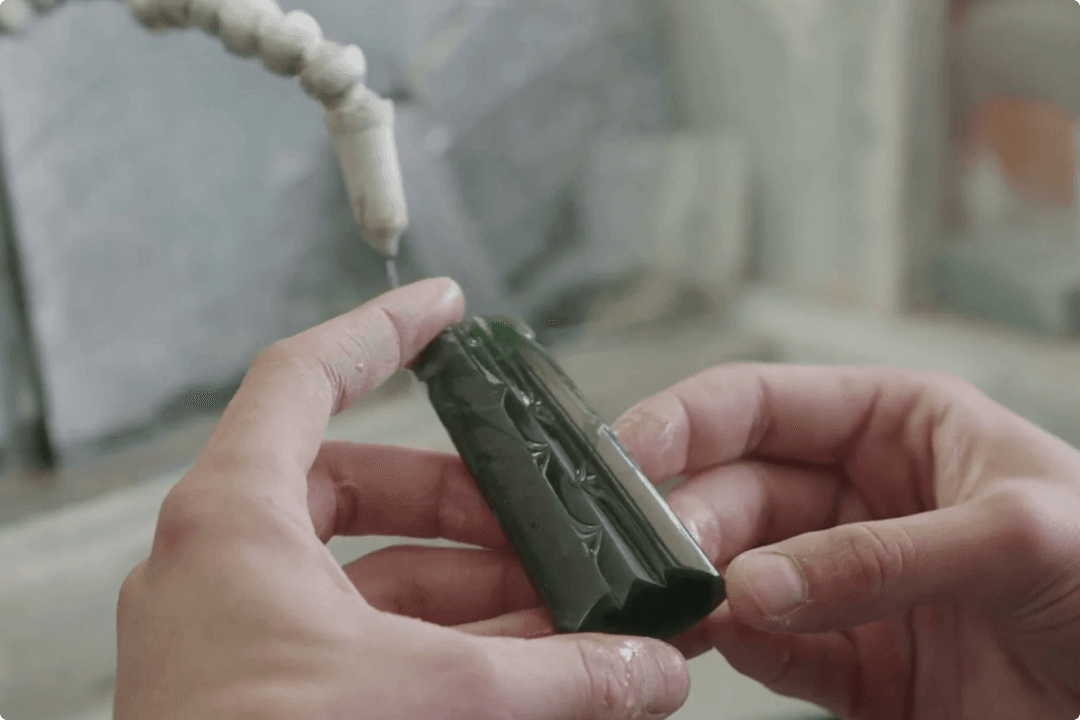

Traditionally, a Toki (Adze) was an everyday tool used by Māori for different woodworking tasks, such as felling trees, hollowing out waka (canoes), and constructing houses and wharenui (Māori communal houses). Using abrasion techniques, Māori would painstakingly carve an adze from pounamu and lash it to a wooden handle using natural materials such as harakeke (flax). It was then swung powerfully to cut wood.
Māori were skilful woodworkers, and as they did not have metal, pounamu served well as a woodcutting tool because of its exceptional toughness and ability to retain a hard, sharp cutting edge. For this reason, the Toki holds great significance and meaning in Māori culture as a powerful symbol of strength and power.

Mauri is considered to be a life force or essence - it is a spark or the essential vitality of a being. Māori hold that all people and all things have mauri. Many believe that as pounamu has a spiritual value, it can take on the mauri of the person wielding or wearing the stone, such as when Māori chiefs with great mana (prestige) wielded the Toki Poutangata. As the stone passes down through generations of whanau (family), it continues to carry the spirit, energy, and strength of previous owners, growing in mana and honour with its rich histories and stories.

Toki are worn today as a symbol of strength, with this association linking back to when pounamu adze were powerful woodcutting tools, and wielded by fearsome Māori warriors. They symbolise courage, determination, success, and bravery, and their significance is steeped in Māori tradition and meaning.

